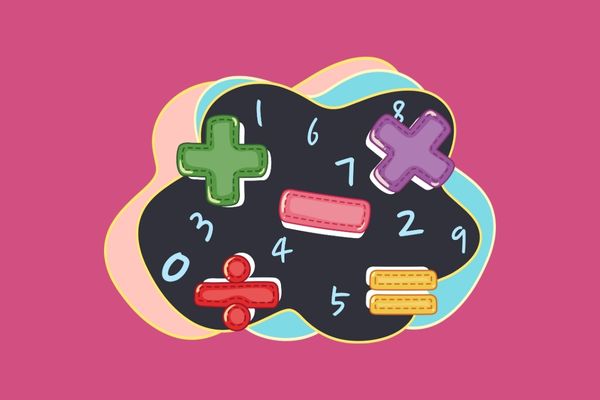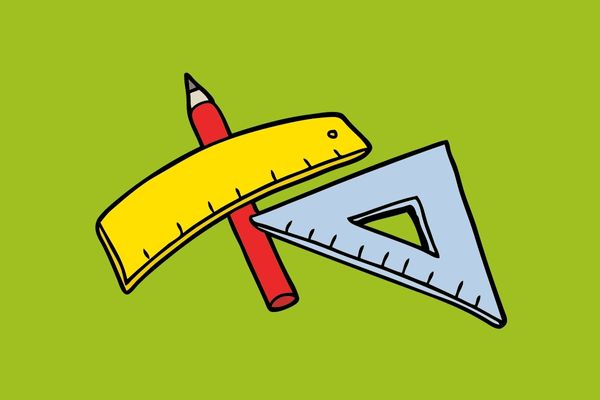Unitary Method

The Unitary Method holds an important place within the Quantitative Aptitude section of the Common Law Admission Test (CLAT). This concept evaluates your proficiency in solving problems by determining the value of one unit and then calculating the value of multiple units. As a student preparing for the CLAT, comprehending the Unitary Method is essential to bolstering your mathematical and logical reasoning skills. In this article, we will delve into the core principles of the Unitary Method, provide illustrative examples and offer strategies to effectively solve problems using this approach.
Understanding the Unitary Method
The Unitary Method provides a straightforward approach to solving problems that involve proportions and direct or inverse variation. It centres around finding the value of one unit of a given quantity and then determining the value of the desired number of units.
Let’s break down the process with an example:
Example
If 5 pens cost Rs. 15, what is the cost of 8 pens?
Solution:
1. Determine the cost of one pen: Rs. 15 ÷ 5 = Rs. 3 per pen.
2. Calculate the cost of 8 pens: Rs. 3 × 8 = Rs. 24.
The unitary method simplifies complex problems by reducing them to a basic proportionality relationship.
Illustrative Examples
Example 1
If 2 books cost Rs. 40, what is the cost of 5 books?
Solution:
1. Establish the cost of one book: Rs. 40 ÷ 2 = Rs. 20 per book.
2. Calculate the cost of 5 books: Rs. 20 × 5 = Rs. 100.
Example 2
If 6 workers can complete a project in 15 days, how many days will it take for 10 workers to complete the same project?
Solution:
1. Determine the work done by one worker in one day: 1 project ÷ 6 workers × 15 days = 2.5 days’ work.
2. Calculate the time required for 10 workers to complete the project: 1 project ÷ 10 workers × 2.5 days’ work = 0.25 days.
Strategies for Solving Unitary Method Problems
To effectively solve problems using the Unitary Method, consider these strategies:
1. Define the Unit: Clearly define what constitutes one unit of the given quantity. This helps establish a basis for calculations.
2. Use Cross-Multiplication: In problems involving ratios, use cross-multiplication to solve for the unknown value.
3. Apply Proportionality: Understand the direct or inverse proportionality between quantities. This helps you set up the appropriate equation.
4. Check Reasonability: After solving, check if your answer makes sense in the context of the problem.
5. Practice Regularly: Practice a variety of problems to become comfortable with the Unitary Method and its applications.
Conclusion
The Unitary Method simplifies complex proportionality problems by breaking them down into simple calculations involving one unit. By understanding the principles of this method and practicing a range of problems, you can develop a solid foundation for solving quantitative aptitude questions in the CLAT. As you prepare for the exam, remember to define the unit, use cross-multiplication, understand proportionality, check your solutions and practice regularly. Embrace the power of the Unitary Method to enhance your problem-solving skills and approach the CLAT with confidence.
Calling all law aspirants!
Are you exhausted from constantly searching for study materials and question banks? Worry not!
With over 15,000 students already engaged, you definitely don't want to be left out.
Become a member of the most vibrant law aspirants community out there!
It’s FREE! Hurry!
Join our WhatsApp Groups (Click Here) and Telegram Channel (Click Here) today, and receive instant notifications.





